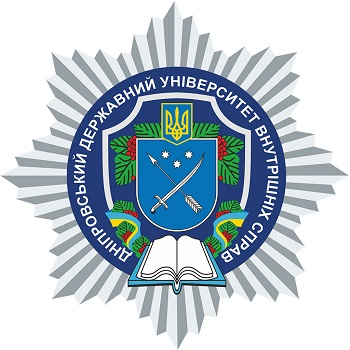POSSIBILITIES OF USING FORENSIC RECORDS DURING CRIMINAL OFFENSES INVESTIGATION
DOI:
https://doi.org/10.31733/2078-3566-2023-1-245-251Keywords:
criminal proceedings, forensic records, investigator, investigation stages, typical investigative situations, information systems.Abstract
The article focuses on the practical use of forensic records in the investigation of criminal offenses. Attention is focused on the use of operational-search and information-reference records to solve identification and diagnostic tasks of the investigation. The peculiarities of using certain types of records to solve specific tasks of the investigation at the initial and subsequent stages of the investigation are considered, depending on the tasks of the investigation and the investigative situation that has developed at a certain stage of the investigation. At various stages of the investigation, the investigator has to solve a number of tasks of a diagnostic nature: putting forward versions; establishment of signs of the suspect, his place of possible appearance; establishing the mechanism of committing the crime; goals and motives, etc. Identification tasks also need to be solved, consisting in the identification of: the identity of the suspect; traces of hacking tools, shoes, vehicles, etc. These tasks are performed by the complex use of records for informational reference and search purposes. It was concluded that the information contained in forensic records is used throughout the investigation. The types of forensic records that need to be used, the amount of necessary information is determined by the investigator depending on the investigative situation and the availability of factual data that are in the materials of the criminal proceedings at the moment. The success of the entire investigation depends on the skillful and prompt use of information contained in forensic records.
References
1. Пиріг І. В. Теоретико-прикладні проблеми експертного забезпечення досудового розслідування : монографія. Дніпропетровськ : Дніпроп. держ. ун-т внутр. справ ; Ліра ЛТД, 2015. 432 с.
2. Пиріг І. В., Приходько В. О. Криміналістичні обліки: проблеми класифікації. Теорія та практика судової експертизи і криміналістики : збірник наукових праць / редкол. : О. М. Клюєв, В. Ю. Шепітько та ін. Харків : Право, 2021. Вип. 23. С. 45–60.
3. Салтевський М. В. Криміналістика (у сучасному вигляді) : підруч. Київ : Кондор, 2005. 588 с.
4. Настільна книга слідчого : наук.-практ. видання для слідчих і дізнавачів / Панов М. І., Шепітько В. Ю., Коновалова В. О. та ін. Київ : Видавничий Дім «Ін Юре», 2003. 720 с.
5. Kosychenko O., Rybalchenko L. Peculiarities of using visual means of information and analytical activity in legal and law enforcement sphere. Philosophy, economics and law review. 2022. Vol. 1. No. 4. Р. 161–169.
6. Про затвердження Інструкції з формування та ведення інформаційної підсистеми «Гарпун» інформаційно-телекомунікаційної системи «Інформаційний портал Національної поліції України» : наказ МВС України від 13.06.2018 р. № 497. URL : http://tranzit.ltd.ua/nakaz/06.html.
7. Плетенець В. М. Використання можливостей інформаційного забезпечення в подоланні протидії досудовому розслідуванню. Науковий вісник Дніпропетровського державного університету внутрішніх справ. 2022. № 1(120). С. 239–244.
8. Про затвердження Інструкції з організації функціонування криміналістичних обліків експертної служби МВС України : наказ МВС України від 10.09.2009 р. № 390. URL : https://zakon.rada.gov.ua/laws/show/z0963-09#Text.

